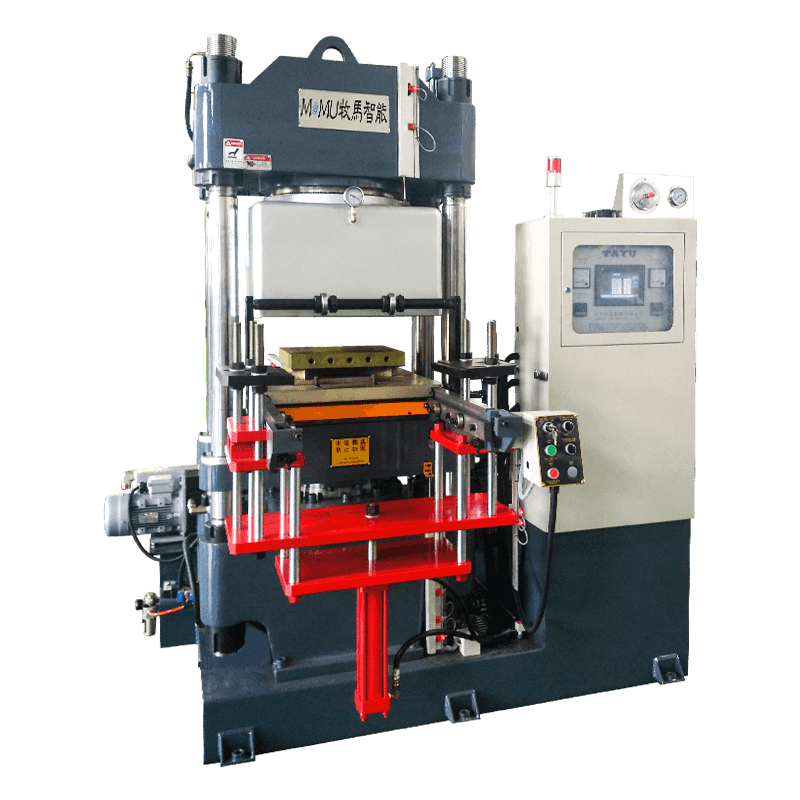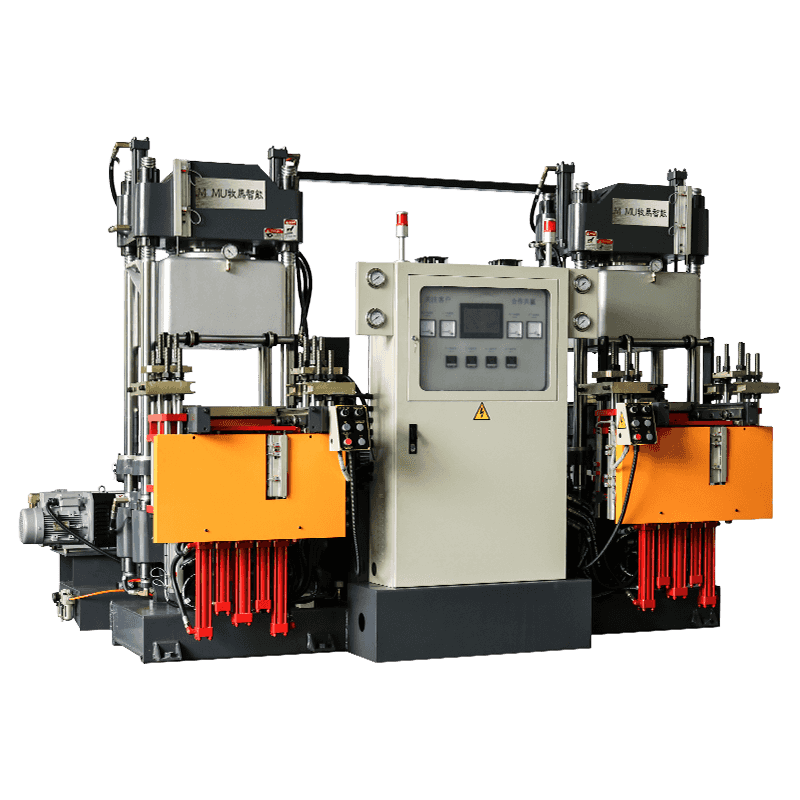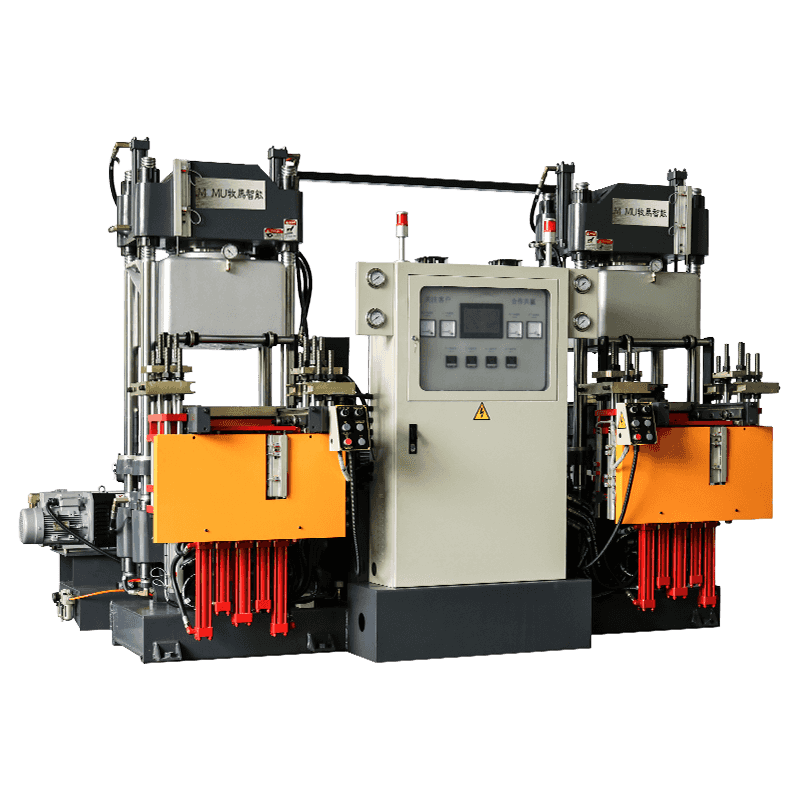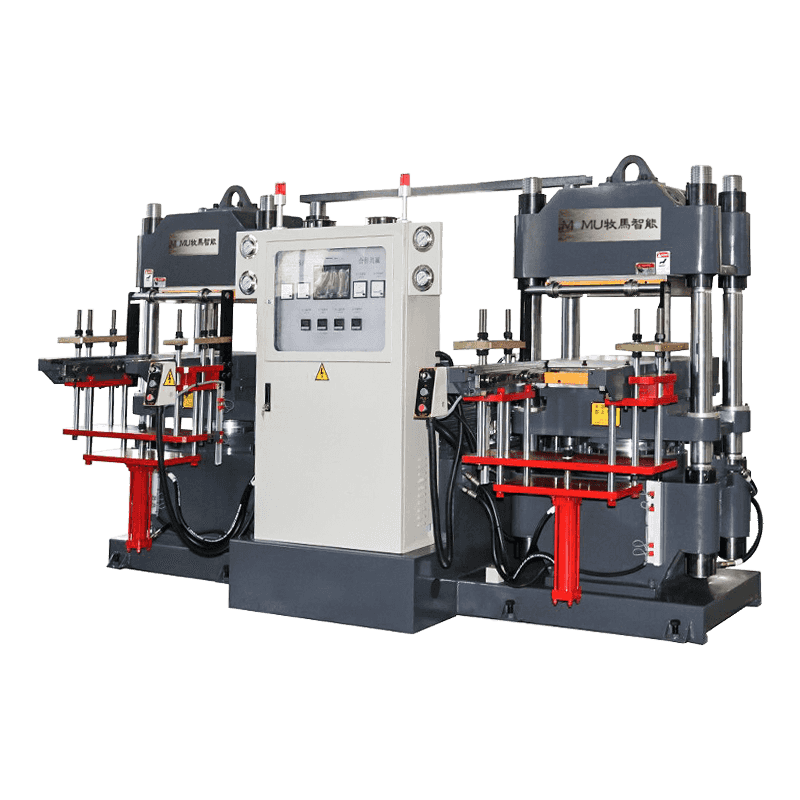Disposing of or recycling an insulator machine at the end of its life involves several steps to ensure that it is done safely, responsibly, and in compliance with environmental regulations. Here’s a guide to the process:
Determine if the machine can be refurbished or resold. Sometimes, older machines can be updated or repaired and sold to secondary markets.
Many manufacturers offer take-back programs or disposal services for their equipment. Check with the machine’s manufacturer or supplier for any disposal or recycling options they offer.
Disassemble the machine into its component parts. This can make it easier to handle and sort materials for recycling. Follow safety procedures when disassembling.
Metal Parts: Separate metal components (such as steel, aluminum, and copper) for recycling. Metals are often recycled through scrap metal recyclers.
Electronic Components: Separate and properly dispose of electronic components, including circuit boards, wiring, and sensors, which may require specialized e-waste recycling.
Plastic and Rubber Parts: Separate these materials for recycling or disposal. Some plastic and rubber components can be recycled, while others may need to be disposed of as waste.
Scrap Metal Recyclers: Contact local scrap metal recyclers to handle metal components.
E-Waste Recycling Centers: Use certified e-waste recycling centers for electronic components.
Hazardous Waste Facilities: If the machine contains hazardous materials (e.g., oils, chemicals), use facilities that handle hazardous waste.
![]()
Environmental Regulations: Ensure compliance with local, regional, and national regulations for the disposal and recycling of industrial equipment.
Documentation: Obtain and keep records of disposal or recycling for environmental compliance.
Consider hiring a professional disposal or recycling service specializing in industrial equipment. They can handle the entire process and ensure compliance with regulations.
Donate or Sell Parts: If parts are still in good condition, consider donating them to educational institutions, community workshops, or selling them online.
Repurpose: Some components might be repurposed for other uses, reducing waste.
If the machine is outdated but functional, refurbishing or upgrading it can extend its life and reduce waste.
Ensure that all steps in the disposal or recycling process are documented. Some regulations require proof of proper disposal.
Proper disposal and recycling help minimize environmental impact, recover valuable materials, and comply with legal requirements.





